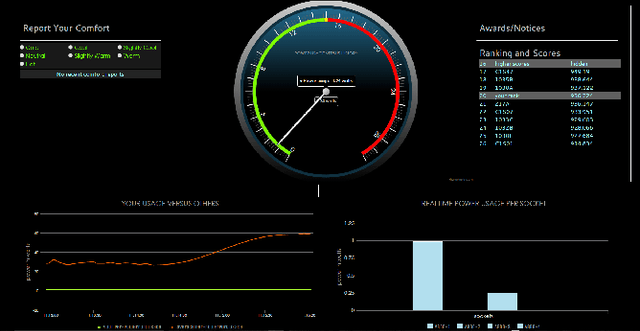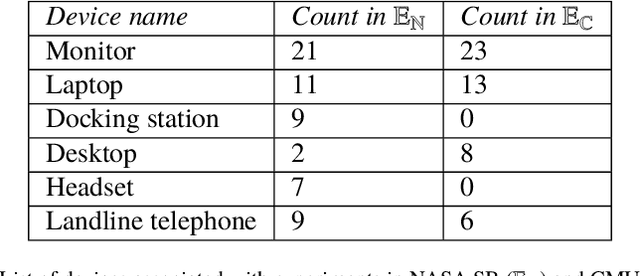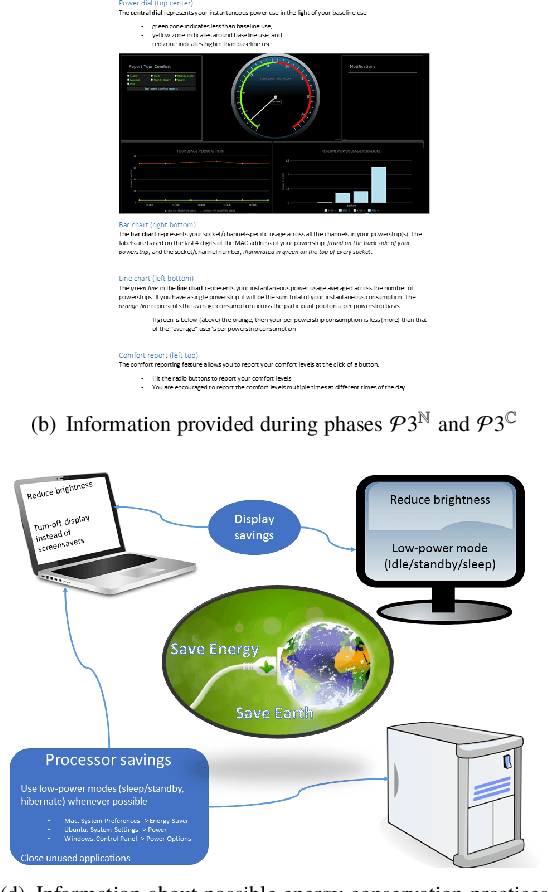Chaitanya Poolla
On Extending Amdahl's law to Learn Computer Performance
Oct 15, 2021



Abstract:The problem of learning parallel computer performance is investigated in the context of multicore processors. Given a fixed workload, the effect of varying system configuration on performance is sought. Conventionally, the performance speedup due to a single resource enhancement is formulated using Amdahl's law. However, in case of multiple configurable resources the conventional formulation results in several disconnected speedup equations that cannot be combined together to determine the overall speedup. To solve this problem, we propose to (1) extend Amdahl's law to accommodate multiple configurable resources into the overall speedup equation, and (2) transform the speedup equation into a multivariable regression problem suitable for machine learning. Using experimental data from two benchmarks (SPECCPU 2017 and PCMark 10) and four hardware platforms (Intel Xeon 8180M, AMD EPYC 7702P, Intel CoffeeLake 8700K, and AMD Ryzen 3900X), analytical models are developed and cross-validated. Findings indicate that in most cases, the models result in an average cross-validated accuracy higher than 95%, thereby validating the proposed extension of Amdahl's law. The proposed methodology enables rapid generation of intelligent analytical models to support future industrial development, optimization, and simulation needs.
Occupant Plugload Management for Demand Response in Commercial Buildings: Field Experimentation and Statistical Characterization
Apr 22, 2020



Abstract:Commercial buildings account for approximately 36% of US electricity consumption, of which nearly two-thirds is met by fossil fuels [1]. This sizeable consumption provided for by fossil fuels impacts the environment adversely. Reducing this impact requires improving energy efficiency by lowering energy consumption. Most existing studies focus on designing methods to regulate HVAC and Lighting consumption. However, few studies have focused on the regulation and control of occupant plugload consumption. To this end, we conducted multiple experiments to study changes in occupant plugload consumption due to monetary incentive and/or feedback. The experiments were performed in commercial and university buildings within the NASA Ames Research Center in Moffett Field, CA. Analysis of the data reveal significant plugload reduction can be achieved via feedback and/or incentive mechanisms. Autoregressive models are used to predict expected plugload savings in the presence of exogenous variables. The results of this study suggest that occupant-in-the-loop control architectures have the potential to yield considerable savings and reduce carbon emissions in the commercial building environment.
 Add to Chrome
Add to Chrome Add to Firefox
Add to Firefox Add to Edge
Add to Edge